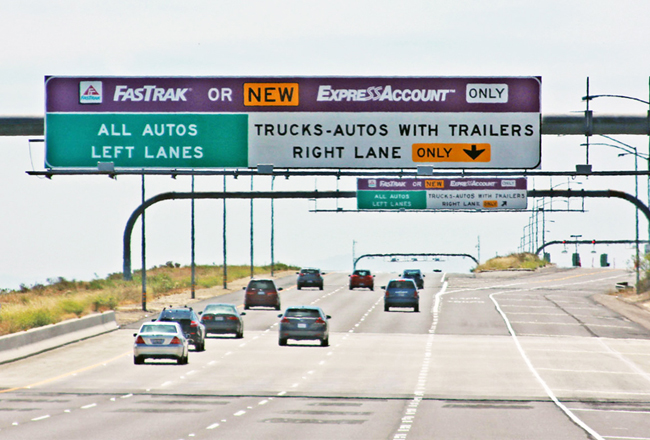Gov. Ned Lamont introduced a few tweaks to his proposal for bringing tolls back to Connecticut”™s highways during a June 19 meeting with state legislators.
 The new plan would institute a toll credit for low-income taxpayers, by reducing the income tax rate on an individual”™s first $10,000 and joint filers”™ first $20,000 of income from 3% to 2% ”“ a savings of $90 and $180, respectively.
The new plan would institute a toll credit for low-income taxpayers, by reducing the income tax rate on an individual”™s first $10,000 and joint filers”™ first $20,000 of income from 3% to 2% ”“ a savings of $90 and $180, respectively.
While that credit would cost the state about $100 million annually, the governor and other toll proponents have said tolls would bring in $800 million a year.
Lamont told legislative leaders that in order to maintain a state of “good repair” for its roads, bridges and rail lines, the state needs to take in $875 million from 2021 to 2023 and $1.2 billion in 2024, both from borrowing and tolling. That number includes the transfer of all the new car sales tax and a reduction in bus fares from $1.75 to $1.
If the state does not make those numbers, Lamont said, it could see significant cuts in federal transportation grants.
The governor also proposed widening Interstate 95 west of New Haven to reduce congestion, which he said would cut commuting time to New York by as much as 22 minutes.
Lamont still expects to hold a special session to pass legislation on tolls, an issue that was not resolved by the June 5 adjournment of the regular session. But as evidenced by the closed-door meeting, an accord on tolls has not been finalized; nearly all state Republicans, and a few Democrats, are opposed to or uncertain about voting in favor of tolls.
“No, we don”™t support tolls. Period,” Senate Republican leader Len Fasano said after the meeting.






















